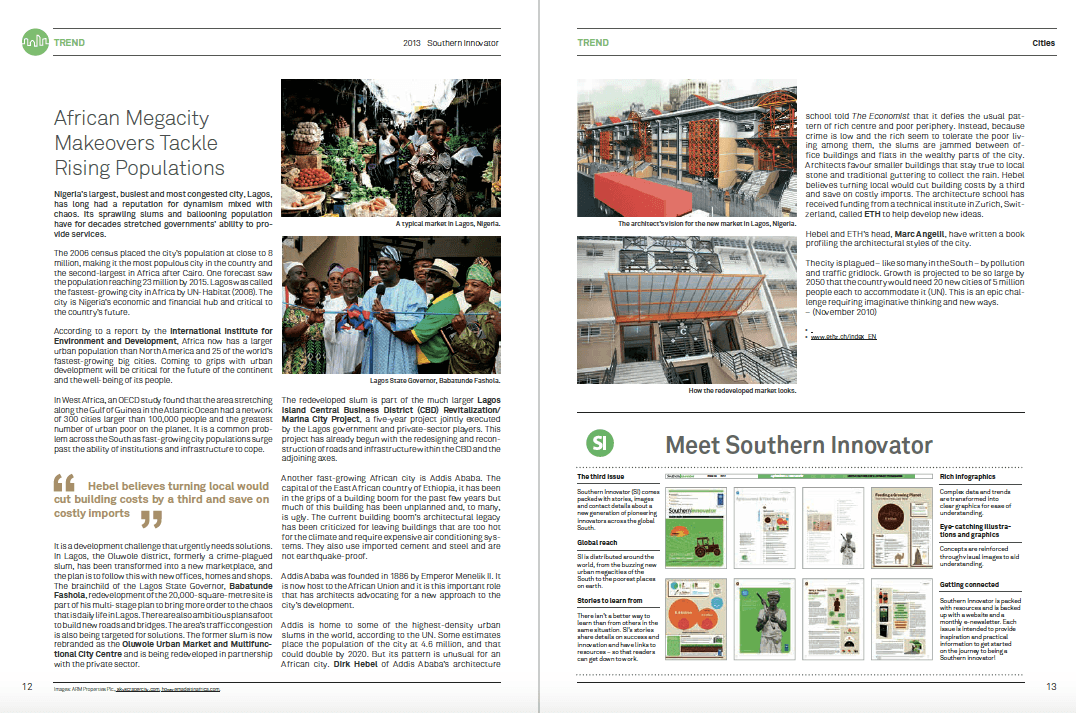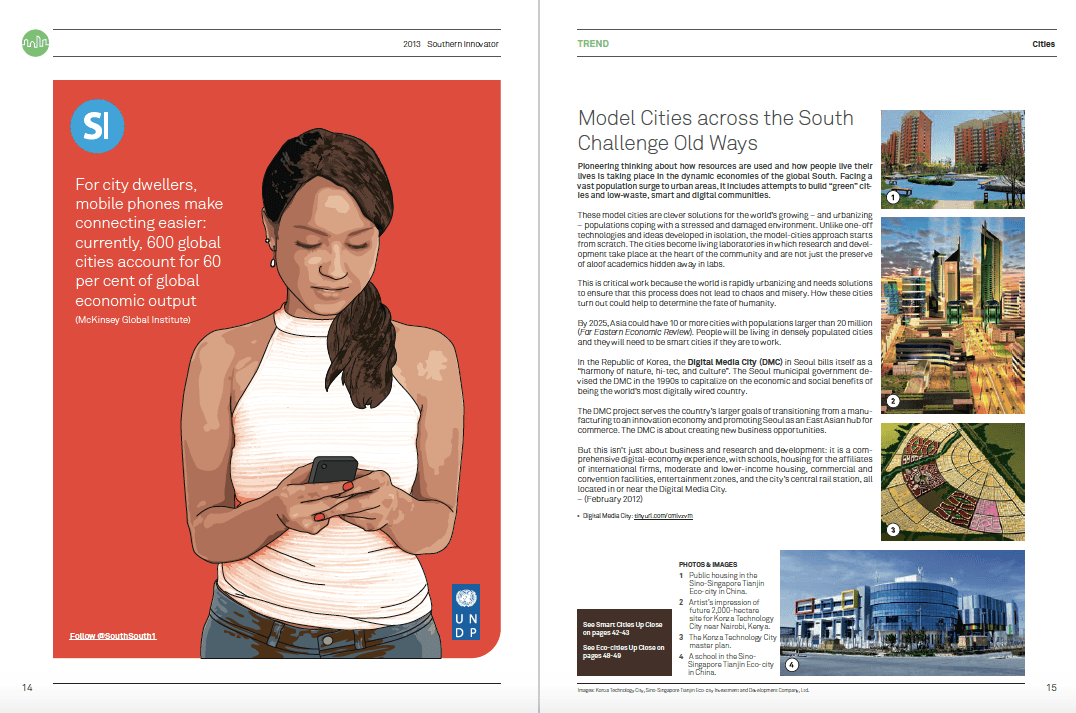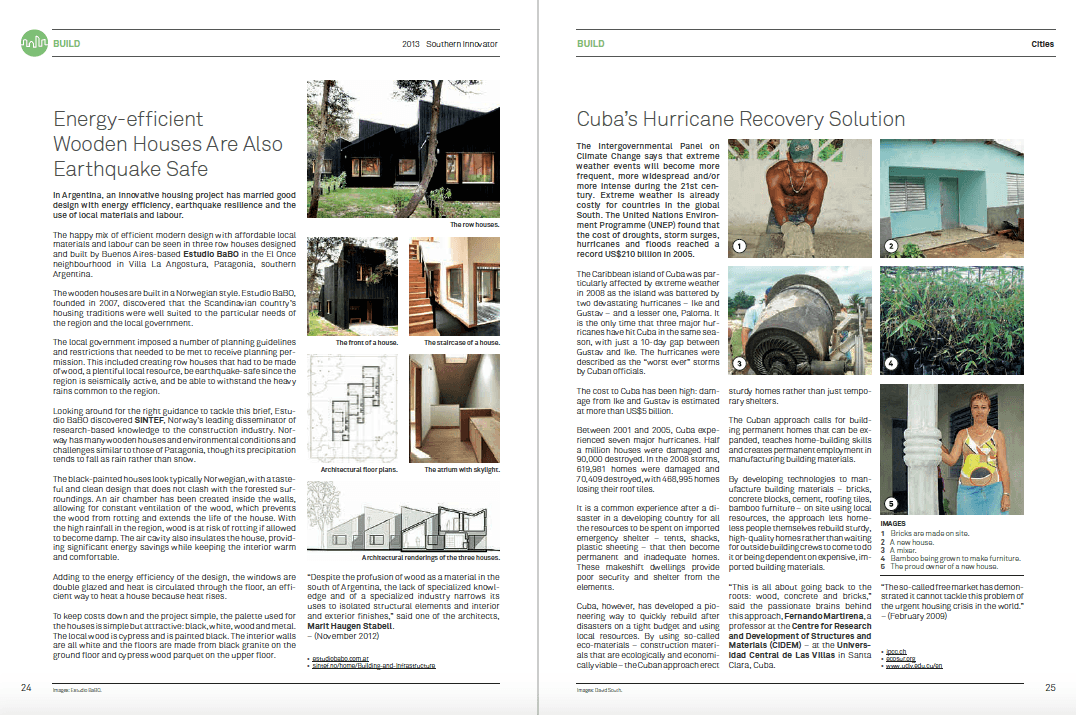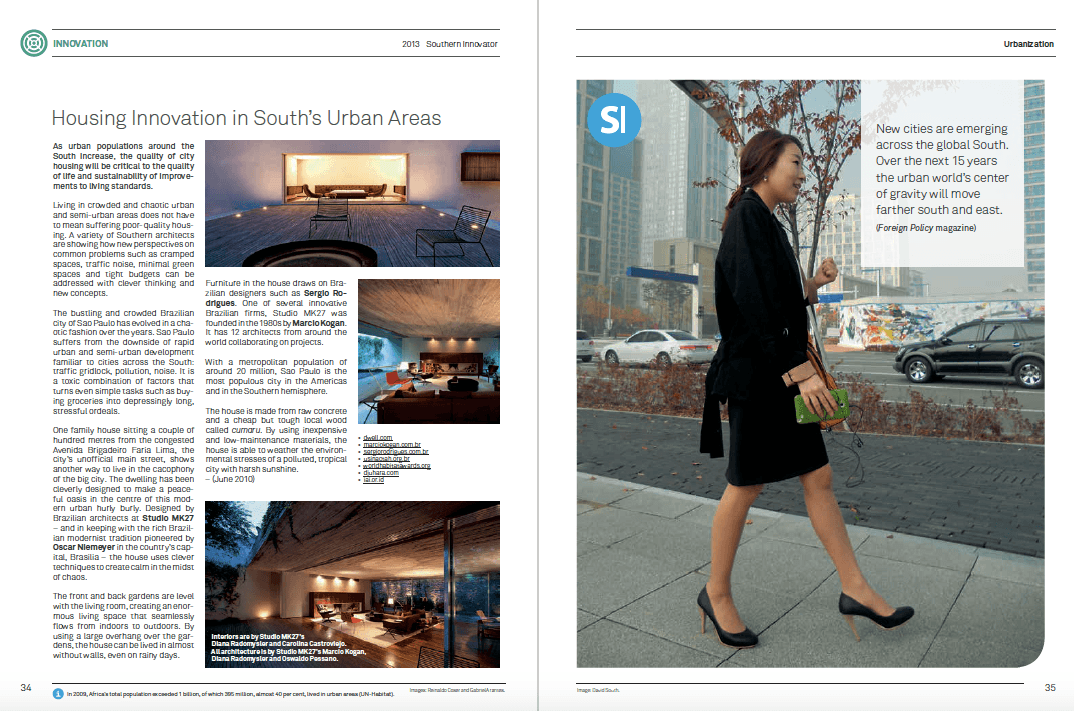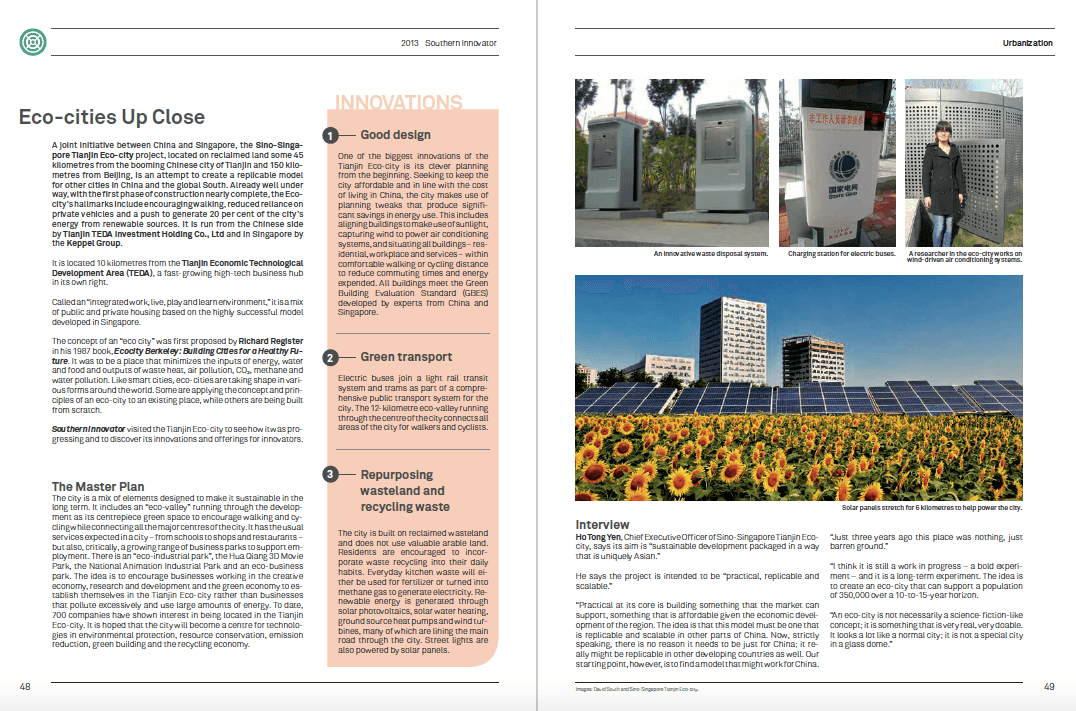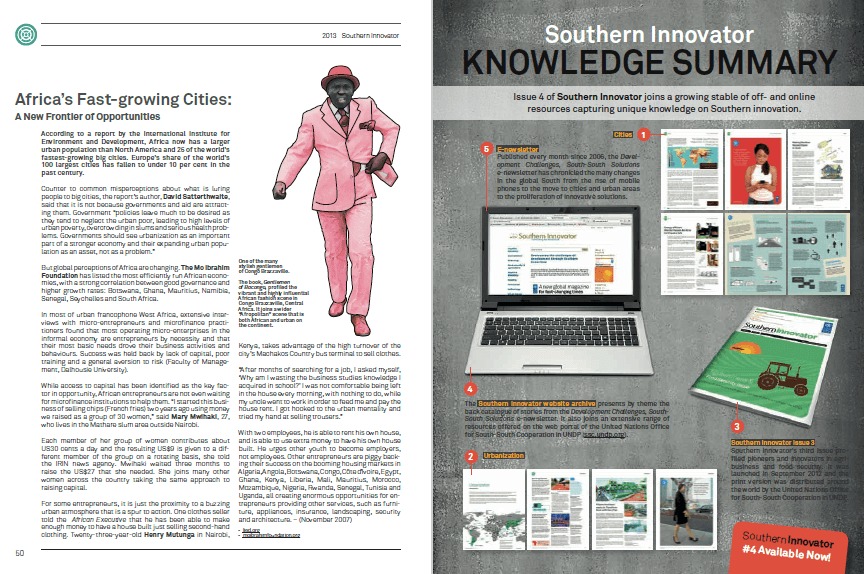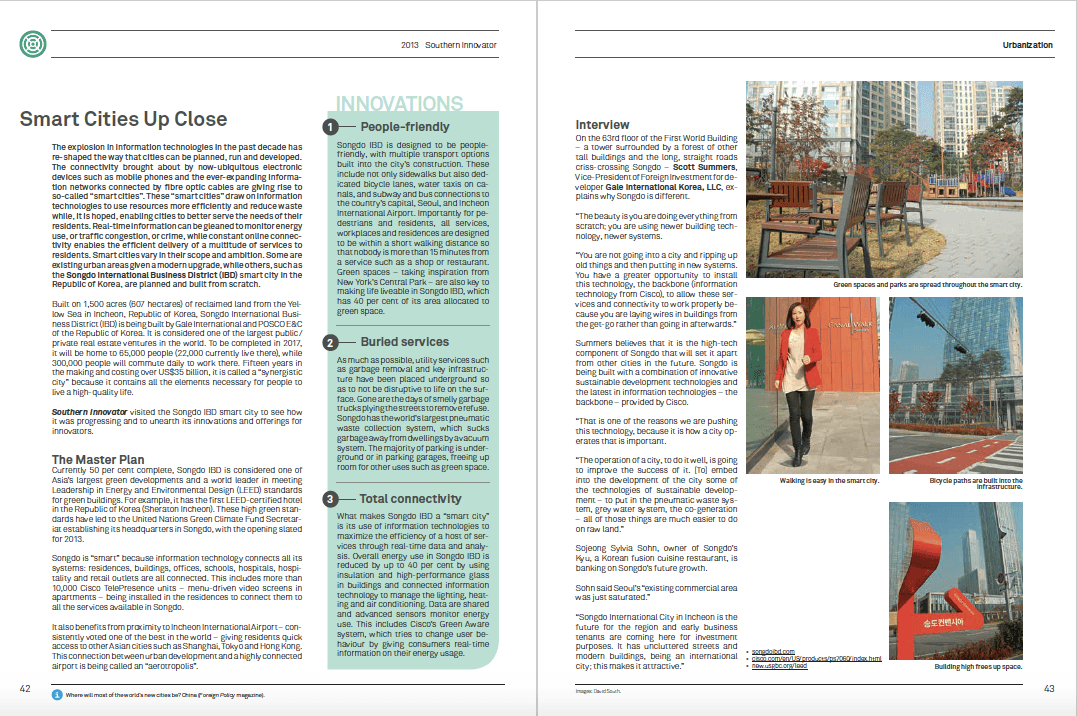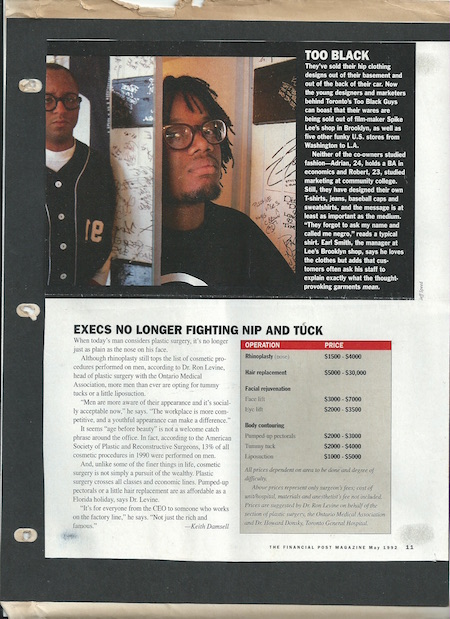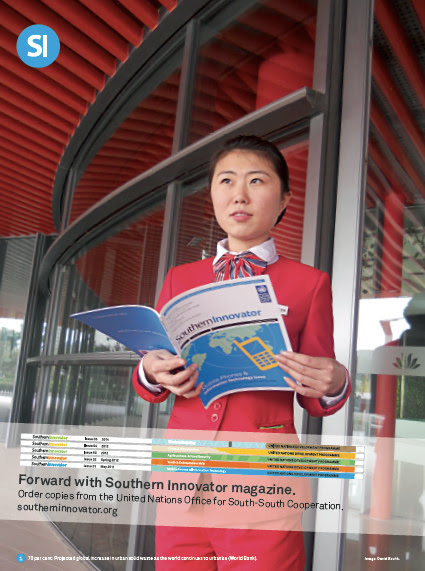Continental Drift And Military Complexities
 Tuesday, February 14, 2017 at 4:02AM
Tuesday, February 14, 2017 at 4:02AM
By David South
The Canadian Peace Report, Summer 1993
A cornerstone of the Conservative government since 1984 has been the Free Trade Agreement (FTA) between the United States and Canada, soon to be followed by a North American version (NAFTA), which adds Mexico.
Peace researchers differ over how much the deals could further militarize Canada’s economy.
Under the Canada-US deal, articles 907, 1308 and 2003 immunize trade that fosters “national security” from charges of unfair subsidies. A free trade tribunal could deem subsidies to farmers or toilet-seat manufacturers as unfair competition - but not subsidies to weapons manufacturers. Articles 1018 and 2102 of NAFTA maintain the exemptions.
CPA membership coordinator Gary Kaye argues that FTA, and NAFTA even more so, bind Canadian governments at all levels to military regional development. The United States has relied on investment in military industries as a regional development tool more than any other Western country, he says.
“The Canadian government can invest in any military-related pursuit without fearing the U.S. or Mexico will say it is an unfair subsidy,” Kaye says.
Ken Epps, a researcher with Project Ploughshares in Waterloo, Ont., agrees one reason the government insists on buying $5.8 billion helicopters in the face of overwhelming public opposition is that it’s a regional development program protected under the FTA.
“Any other [subsidy] program of that size could well be protested by the Americans. The whole thing has been set up with new plants being built in different parts of Canada to build parts for the helicopters.”
But Epps disagrees that the trade agreements will integrate Canada much further into the U.S. war machine. De facto free trade in arms has existed since Canada and the U.S. signed the Defence Production Sharing Agreement in 1959, he points out, following the scrapping of Canada’s Avro Arrow jet plane. There-after Canada specialized in making military components rather than complete systems.
Epps and others say Ottawa’s high-tech hardware binge - including the 50 high-ticket EH-101 helicopters - and the Canadian military industries’ desire to sell to booming Pacific Rim and Middle East markets would exist even without the trade agreements. Epps sees the U.S. favouring its own defence industry at the expense of Canadian suppliers, which will increase Canadian businesses’ desire for foreign sales.
Retired U.S. admiral Eugene Carroll, director of the Washington-based Center for Defense Information, says every nation is interested in boosting its own national prestige throught the military, and Western industrialized countries are looking to sustain exports by selling weapons to the Third World.
“That’s just plain old profit-driven commercial activity,” says Carroll. “I don’t think trade agreements extend control onto military-related activities.”
Kaye, however, stresses that NAFTA will ensure the bilaterial agreements between Canada and the United States on military trade will continue untouched. “Under those agreements, we are committed to balance military imports and exports with the United States. 1992 figures show a $4-billion deficit; therefore we will be buying much more in the way of arms than anyone could imagine would be needed for Canada’s direct security.”
Many peace groups are worried about the implications.
“NAFTA reveals an agenda for the military and the transnational corporations that binds the Canadian economy more to the U.S. military machine,” Marion Frank wrote for the Peace Alliance in Action Canada Network’s Action Dossier (Dec. 1992), drawing on a position reached by the CPA Steering Committee last fall.
“Under NAFTA, as under FTA, the only areas where government subsidies are allowed are in the military and energy sectors … Wide-ranging expansion of ‘intellectual property rights’ in NAFTA increases monopoly product protection for the transnationals here in Canada, and aids in the privatization of high-tech capacity, all of which ties us more closely to the U.S. military-industrial complex …
“In the U.S., trade strategy is linked to security strategy,” Frank adds, “The military tells U.S. industry what equipment to plan for and buy in order to meet U.S. strategic objectives. As we become more integrated into the North American [trading] bloc, our ability to develop our own strategies will disappear.”
Recommendations from the Peace Alliance-facilitated Citizens’ Inquiry into Peace and Security would be difficult to implement under NAFTA, contends Darrell Rankin of the Ottawa Disarmament Coalition. “Canada could no longer help developing countries by giving them better access to the Canadian market through preferrential tariffs.” Assisting military factories to produce civilian goods would be prohibited - but grants to develop weapons would not.
Last February, Science for Peace brought together labour, peace and other activist groups to make the connection between free trade and defence production and the weapons trade. “Both agreements are bound to cause in Canada what exists in the U.S.: a poweful military-industrial complex,” says S4P’s Terry Gardner. “It represents the loss of control of the institutions of government.”
Then prime minister Mulroney’s “unquestioning support” of the U.S. in the Gulf War “removed political roadblocks to Canada’s involvement” in U.S.-Mexico talks, recalls John Dillon of the Ecumenical Coalition for Economic Justice. Despite widespread Mexican opposition to the war, he adds, President Salinas increased oil production and exports to the U.S. during the build-up to it.
The Ottawa Disarmament Coalition calls NAFTA “a vehicle for militarism without brakes.” It would create legal inducements for companies seeking government contracts to couch their bids in national security terms, a coalition brief to an Ontario cabinet committee on NAFTA argues.
NAFTA would also hinder conversion of military to civilian industries and environmental protection above “generally agreed” standards, the coalition said.
The Ontario committee on NAFTA, which held public hearings in the spring, received briefs from: Northwatch (Brennain Lloyd, Sudbury), Voice of Women for Peace (Ann Emmett and Elizabeth Davies, Oshawa), Oshawa Peace Council (Doug Wilson), Ottawa Disarmament Coalition (Rankin), the CPA (Kaye), Science for Peace (David Parnas), Michael Polanyi, Allan MacIssac (Toronto Disarmament Network) and Veterans Against Nuclear Arms (Toronto).
While recommending that Ontario oppose NAFTA, the committee’s report did not directly mention peace concerns.
Abuse of resources
“The U.S. needs our resources and us to put together components for their military,” says J.J. Verigin of the Doukhobour peace and disarmament committee in B.C. He criticizes “any agreement that locks us more into a country wired to massive consumption and abuse of resources at the expense of Canadians and other countries.”
In the United States, the Women’s International League for Peace and Freedom opposes NAFTA as a stage in “the neoliberal economics of intervention” that particularly victimize women (Peace and Freedom, July/August 1992).
At CUSO’s national office, Marc Allain wants to end the notion that NAFTA is about improving the living standards of people in developing countries. “What we’re seeing is quite the contrary,” says Allain. “Low wages, no health and safety - we’re already seeing in Mexico job losses as they move to the maquiladoras (Mexico’s free trade industrial zones).”
(In a trade advisory, Ottawa tells Canadian companies that the defence market in Mexico, a notorious human rights violator, “is not readily identified … Commercial/industrial security, however, is an expanding market.”)
Allain says CUSO is working with the Ecumenical Coalition for Economic Justice to produce education kits on NAFTA and distribute them to unions and community groups.
